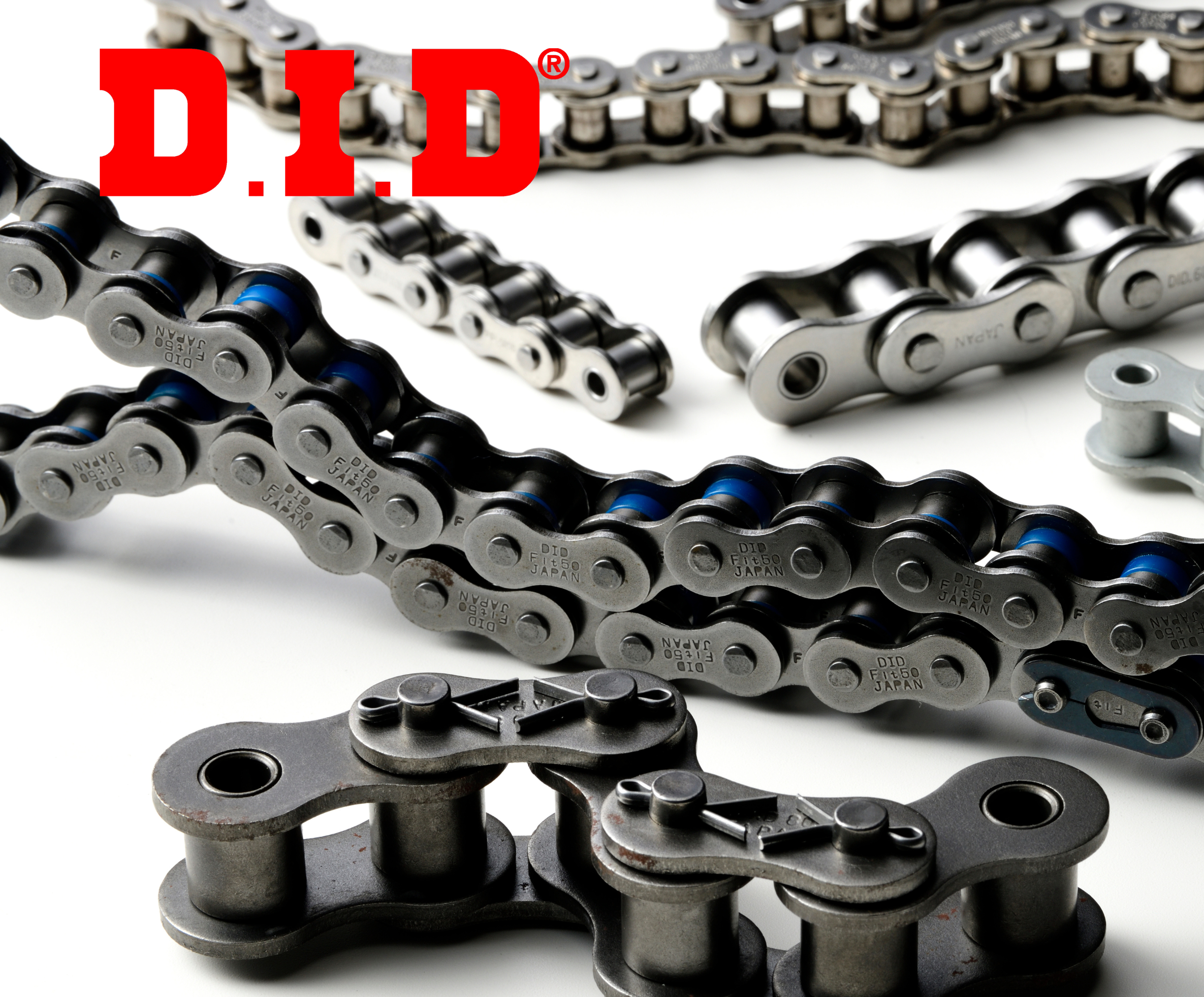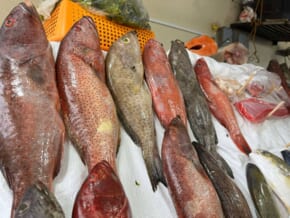Steak 101: Whats, Hows, and Whys
Steaks are probably the best thing that man has ever made. Succulent pieces of beef cooked over a hot grill that showcases nothing but the best flavors of beef, all of which are available at Solaire’s premier steakhouse: Finestra Italian Steakhouse.
While most people have their favorites, not everyone understands what goes into a good piece of steak. Since we at Philippine Primer aren’t steak experts, we’ve decided to talk to someone who knows his steaks inside and out: Chef Alan Marchetti, the executive chef of Finestra Italian Steakhouse.
He gave us the lowdown on steaks, and here’s what we found out:
Definition. Chef Alan defined a steak as “a cut of meat from a prime or secondary cut cooked over a charcoal grill to the desired doneness.” He also defined it as something he loved: a way of celebrating a good cut of beef, preserving its juiciness and retaining all of its flavors.
 PORTERHOUSE. It’s thick, has great marbling, and is ready for the grill. It’s one of the premium cuts of steak you can get at Finestra Italian Steakhouse.
PORTERHOUSE. It’s thick, has great marbling, and is ready for the grill. It’s one of the premium cuts of steak you can get at Finestra Italian Steakhouse.
It is worth noting, however, that steaks are really only limited to cuts of beef, so even though we have “burger steaks”, they’re not exactly steaks.
Cuts of beef. Since we’re already into beef, let’s cut to the chase: not every cut of beef will lend itself to steaks. Some of the more popular ones include the tenderloin, the rib eye, the T-bone, and the sirloin. These four are considered premium cuts thanks to their taste, texture, and difficulty in coming by.
The tenderloin, in particular, is prized for its tenderness (no pun intended) because it’s a muscle that hardly ever sees massive use, thus giving it its trademark tenderness. It’s also from a very small portion of the cow, hence the “premium” bit. It’s not as flavorful, though, as it has very little marbling.
Rib eyes, on the other hand, are perfect for those people who really love their beef. It’s often called a “man’s steak” because of its size. It’s also called by other names: rib steak, and prime rib. Rib eyes are prized more for their marbling than tenderness, as the fat sandwiched between the muscles give it that buttery flavor.
 HERB RUB. It gives this cut of porterhouse a bit more flavor without losing out on how the meat actually tastes.
HERB RUB. It gives this cut of porterhouse a bit more flavor without losing out on how the meat actually tastes.
A T-bone and its thicker brother, the Porterhouse, are for those people who want their steaks grilled. People like the T-bone because it has a bit of tenderloin in it, making that part a bit more tender. It has fat marbling for days, making it perfect for the grill.
Sirloins, on the other hand, are split into two: the top and the bottom. Top sirloins are the ones prized as steaks, though they are not as tender as the other three. Bottom sirloins, on the other hand, are perfect for things like ground beef, roast beef, and stews.
Chef Alan, however, doesn’t limit steaks to these four cuts. “Even secondary cuts like the inside skirt or top blade have amazing flavors. They’re also becoming popular because of their texture and price.”
Choosing your cut of beef. The way we see steaks is usually something like “Is it fresh? Is it tender?” While these are good indicators of steaks, Chef Alan pointed out that marbling also plays a factor in choosing your steak.
Marbling, for the uninitiated, are those white flecks and streaks of fat you see on your steak. It’s also how steaks are graded, but that’s delving into subjective territory so let’s not do that. Instead, what we want you to focus on is how much marbling you see on a particular cut of beef.
Remember this: the more white you see, the more buttery the flavor becomes since it comes from the fat. If you want more flavor after cooking your steak, you’d want a bit more fat; this means you want more marbling on your meat.
Cooking your meat. You’ll hear every single chef you meet along the way say it: never cook your beef to well-done. Filipinos are known for doing this to meat since we feel like it’s not cooked until it’s brown in the inside.
 SALT AND PEPPER BEFORE COOKING. That’s really all the seasoning you need for a good piece of steak.
SALT AND PEPPER BEFORE COOKING. That’s really all the seasoning you need for a good piece of steak.
While this may hold water in the context of the Philippines, you don’t want your guests to be chewing forever on an extremely tough piece of meat. It’s not a must since it still depends on the person eating the steak, but cooking it medium-rare keeps it nice and tender, as well as preserving its juiciness.
If you have money to spare, get a meat thermometer and stick it into your meat from the side, avoiding any bones or fatty bits. According to Certified Angus Beef®, a medium-rare steak will sit at a temperature of 57°C or about 135°F. This temperature renders the fat from the steak, giving it that nice buttery flavor people love.
 QUICK CHECK. This steak has been in a josper grill for a couple of minutes.
QUICK CHECK. This steak has been in a josper grill for a couple of minutes.
If you don’t have a meat thermometer, touching the meat is the easiest way of telling its doneness. A medium-rare steak will feel the same as when you touch your middle finger to your thumb and touch the part of your hand underneath your thumb. If that feels the same as your steak, then it’s good to go.
Cooking a piece of steak rare is usually left to cuts like the tenderloin or fillets since they do not have as much marbling as, say, a ribeye or a t-bone.
As far as cooking techniques go, Chef Alan recommends cooking your steak in a Josper grill, a combination of a grill and an oven. “Put your steaks in the Josper and cook it for a few minutes on each side, then let it rest for a few minutes after. Once that’s done, warm it up and eat them with some freshly grated horseradish on top.”
Cutting and serving your meat. Knowing how to cook steak, however, is half the battle. As Chef Alan mentioned before, he lets his meat rest before serving it.
Resting your meat means taking it off the grill and letting it stand away from heat for three to five minutes depending on its size. Chefs usually go by the rule of one minute of rest for every 100 grams of meat.
 MEDIUM RARE TO MEDIUM. Here’s the color you want for your steak once it’s ready for the table: nice and pink. Meat thermometers are the best way of making sure you have your temp right.
MEDIUM RARE TO MEDIUM. Here’s the color you want for your steak once it’s ready for the table: nice and pink. Meat thermometers are the best way of making sure you have your temp right.
To rest your meat, simply take it off the grill, loosely wrap it in tin foil, and place it on top of a warm plate or a serving platter. Leave it there for three to five minutes then it’s ready to go.
While it’s resting, prepare your plate with your choice of side dish. Potatoes, mushrooms, spinach… these are the sort of sides that go well with your steak.
As far as sauces go, Chef Alan recommends a classic veal jus, though a bearnaise, mustard, or mushroom sauce would also do the trick. Top that off with a glass of wine and you are all set.
 INDULGE. Here’s the same premium porterhouse steak with a couple of Finestra’s best sides, including their signature Octopus carpaccio.
INDULGE. Here’s the same premium porterhouse steak with a couple of Finestra’s best sides, including their signature Octopus carpaccio.
You can also go a different route by trying some of the Italian favorites at Finestra Italian Steak House along with their selection of dips and sauces for your steaks. You can even ask their crew about the best way your steak should be served, as they are well-versed in the ins and outs of steak.
Finestra Italian Steakhouse is located at Solaire Resort and Casino, 1 ASEAN Avenue, Entertainment City, Tambo, Parañaque City. For reservations, please call 02-888-8888 or log on to solaireresort.com.
Also read: Finestra Italian Steakhouse at Solaire Manila
Written by Andronico Del Rosario













